
Introducing Loft: the furnishings boutique in Naxxar that offers full Interior Design services. The in-house designers present a unique perspective to urban living in Malta, and their carefully sourced furnishings speak a more eloquent language.
In their contribution to the Masterpiece blog, the designers chose to tackle the myth surrounding dark painted walls. Here’s what they had to say:
“The misconception that a room is made to look smaller if painted in dark colours is misguided. The size of a room is what it is. The colour and the strength of the shade one chooses to paint the walls, and possibly the ceilings, depends entirely on the atmosphere that the homeowner wants to create.
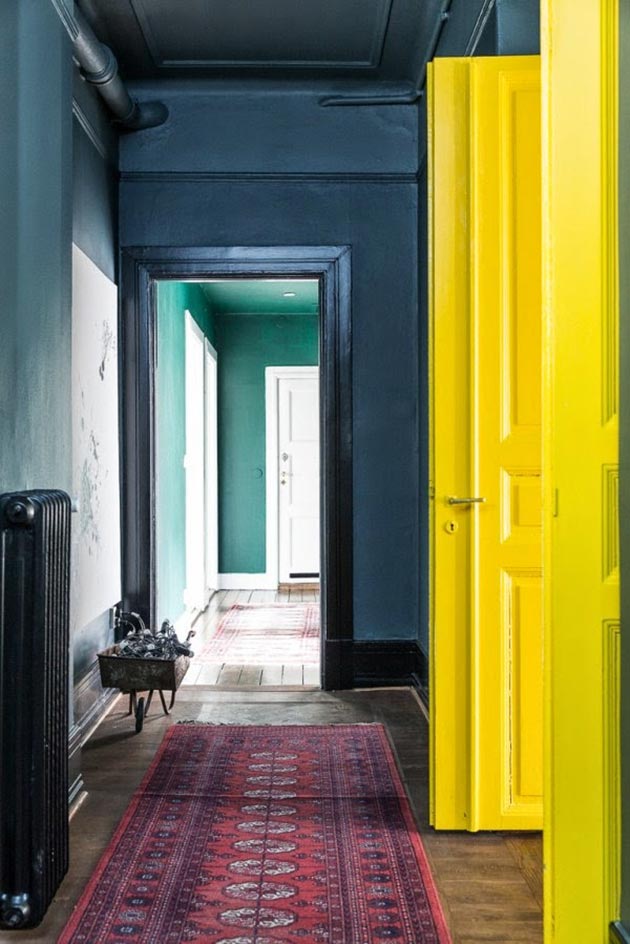
Colour codes: Green S3030-B70G | Blue S 5040-B | Yellow S 0580-Y. (image source)
It is true that white walls visually expand the space, but what is the purpose of expanding a space that is void of any character? Using dark hues in small spaces instantly creates an atmosphere and helps fill in a space without the need for too many accessories.
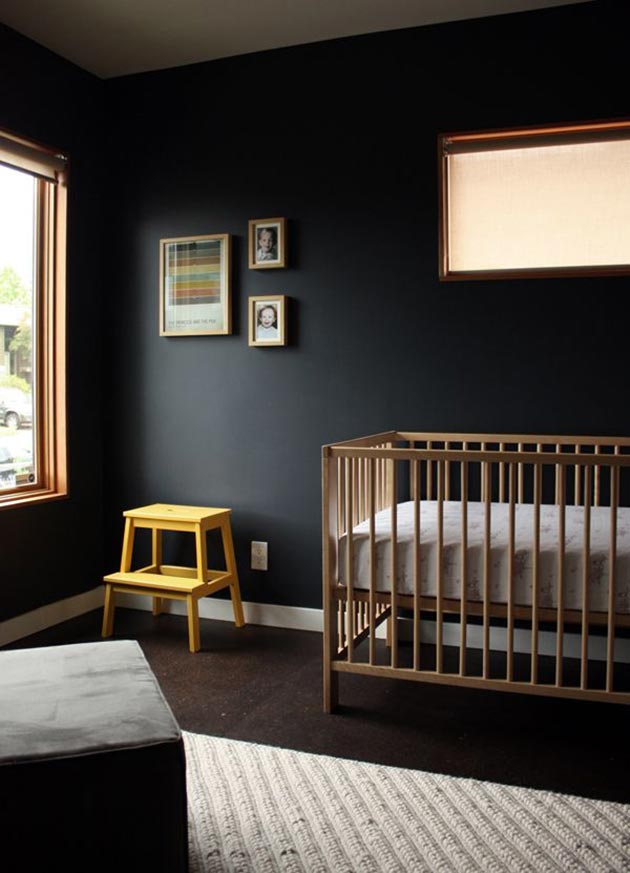
Colour code: RAL 1097 (image source)
The colour chosen for the walls of a room can bring the space together by giving the space dimension and cohesion with the other elements in the room: furniture, accessories, soft furnishings and lighting.
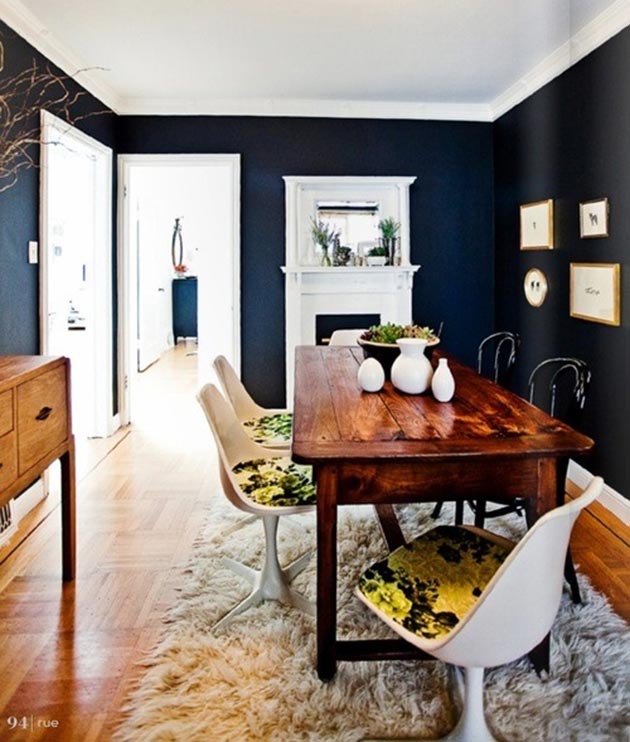
Colour code: S 7020-R80B (image source)
Neutral tones work best for those who are a little sceptical, cautious or lacking experience. Blacks, deep blues, browns and greys all help to add elegance to the space, and are easy to combine with the other elements in a room.
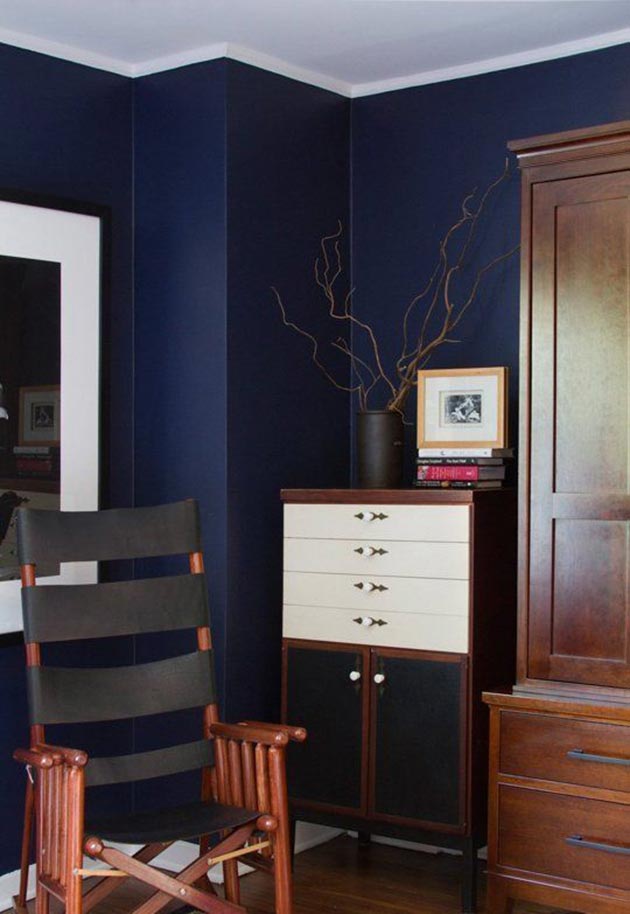
Colour code: S 4050-R80B (image source)
Strong, bright colours like greens, yellows, electric blues and reds are best left for the professionals, as pulling a room together with the use of such overbearing colours on the walls (usually the largest element in a room) can be rather tricky. This requires more skilful accessorising to help balance the space through the other visual elements in the room, as well as a good use of texture to create layers. Layering the room helps to introduce the wall colour gradually, by focusing attention to elements in the foreground before the eye focuses on the walls.
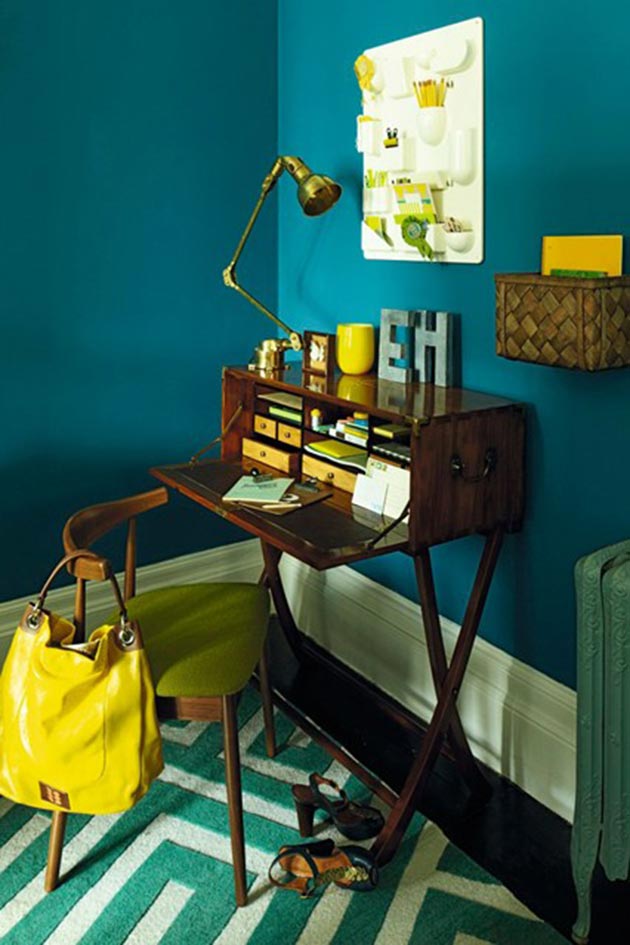
Colour code: 3050-B10G (image source)
In reality, using dark colours on the walls can create a sense of depth in a space, contrary to the mistaken belief that painting walls in dark colours makes a room smaller.
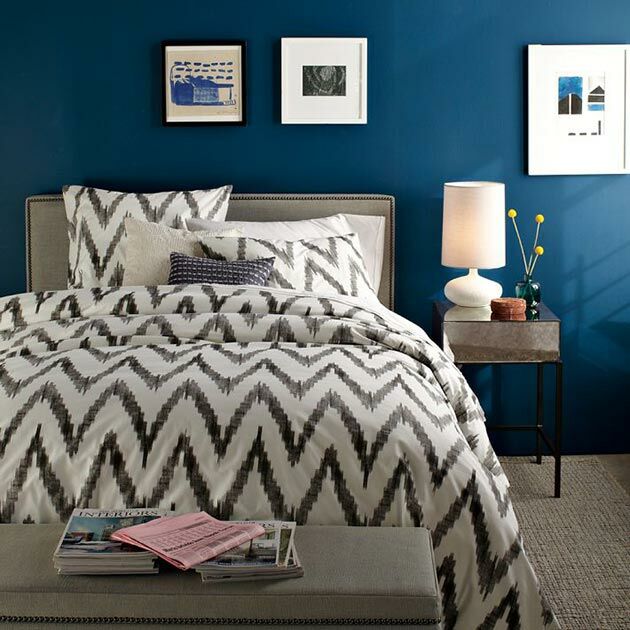
Colour code: S 2065-R90B (image source)
If you are daring enough to do so, tread carefully when choosing your furniture and accessories. The more white and light tones you add to the space (again, always remember to balance!), the more depth you can create in the space. Layering elements in the room, by mixing light tones with other colours to complement the wall colour, will give your space dimension.
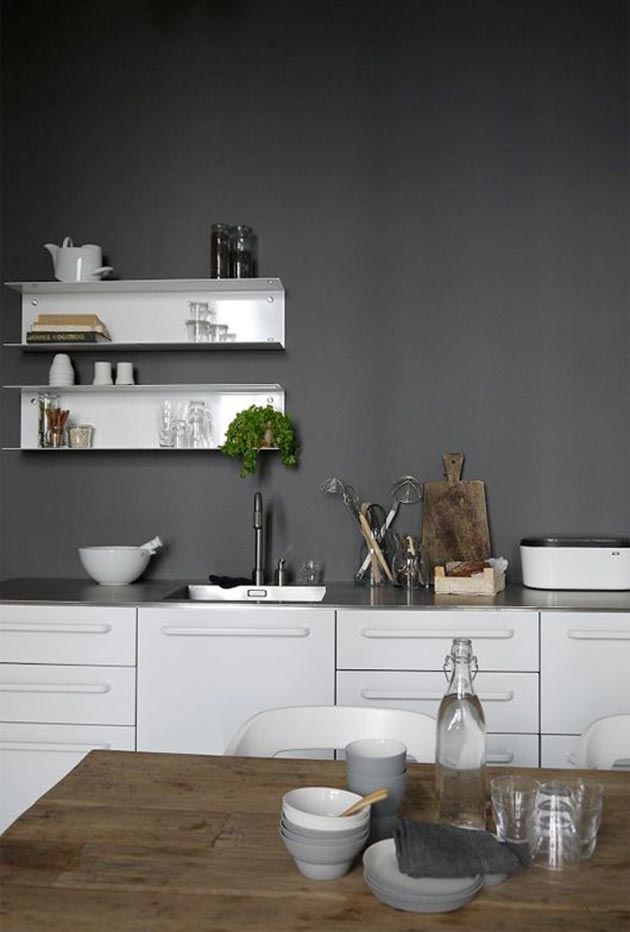
Colour code: RAL 7011 (image source)
Remember to give great importance to accent lighting in every space, not simply overhead lighting. Add a mirror or a collection of small ones to create a feeling of openness.
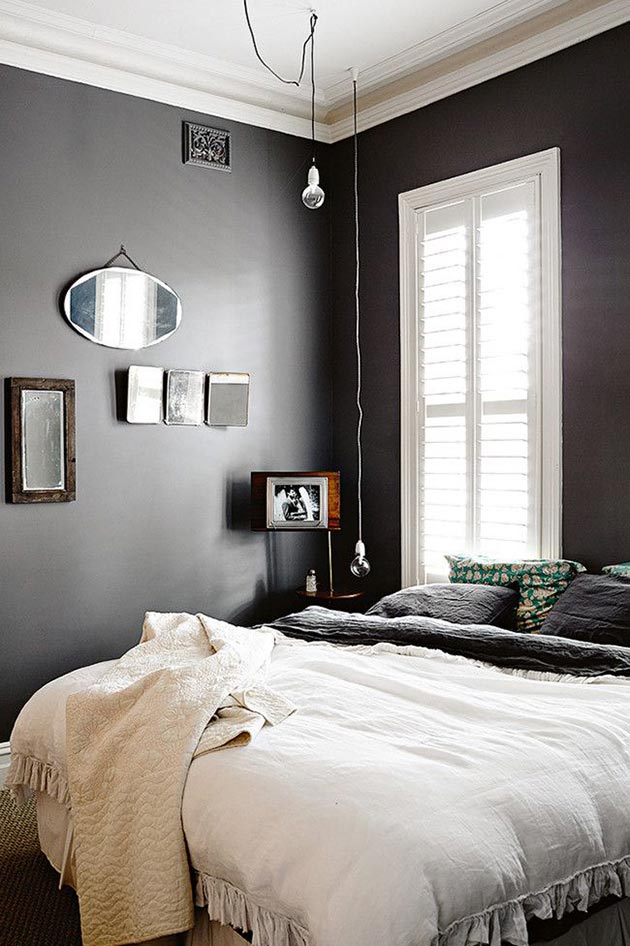
Colour code: RAL 7009 (image source)
We encourage you to create a sensual space instead of your bare white room. Go ahead, paint your walls a darker shade!”
All those rich, gorgeous images have us swooning and itching to get creative. Curious to learn more? Get in touch with the experts at Loft by visiting their website or Facebook page. You can also find the Loft Managing Director and head Interior Designer, Josette Vella, on her LinkedIn profile.
Over to you now, all you lovely homeowners out there – Is this something you’re daring enough to try? Join the conversation by leaving a comment below!
Comment:
Talk about it!